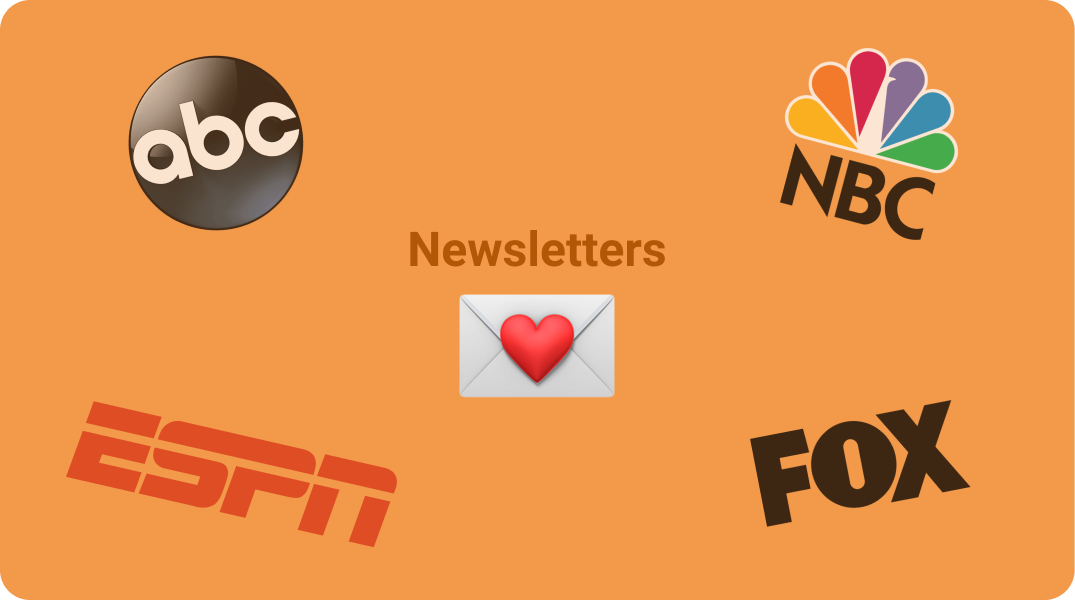
On Thursday, I went to a Substack-hosted meetup for writers.
After the mingling, four prominent Substack writers gave mini keynotes. One of these writers, Walter Hickey (@WaltHickey), gave quite an interesting keynote.
He talked about running his newsletter, Numlock, like a television network. He broke down that model for us.
How Network TV Works

TV Networks make 3 kinds of content:
1. Expensive content they don’t own that brings in new eyeballs.
2. Their own content that people enjoy and come back for.
3. Cheap, easy content that has high returns on effort put in.

Networks like ABC have perfected this model.
They rent expensive content like the NBA Finals that attracts viewers that would rarely, if ever, visit their ABC channel. Then during the commercials breaks, they run ads for their heroine-grade primetime shows like The Bachelor.
Their bet is that once you get hooked on Grey’s Anatomy or Modern Family, you’ll be more likely to watch their easy-to-make shows with high margins like Jeopardy, Good Morning America, and ABC News before you’re able to remove the needle from your arm.
Applying It To Newsletters

To break it down to simpler terms:
1. You want to draw randos in.
2. Give them a reason to stay.
3. Then direct them to your content that takes little work to make but is still highly useful to them.
Example:
To make it specific to newsletters, I’ll use Marketing Examples by Harry Dry (@HarryDry) as an example.
1. He launched Startup Gifs to promote his newsletter. Not his own gifs but he edited them to create this product.
2. His newsletter creates great content & tweets that keeps readers coming back.
3. He should compile his best tips and sell it as a book. High margin. Low effort.(You reading this Harry? 😉)
Clever Ways Your Newsletter Can Make Money

Walter also broke down several not-so-obvious ways that newsletters could make money via subscriptions.
They all revolve around scarce, limited edition posts.
For example:
1. Creating paid content about the Presidential elections around October when that type of content is in high-demand.
2. Creating paid content that arrives quarterly where you create a comprehensive report or “State of the union” about an industry or company. You can get companies to buy it as a work expense.
3. Promising a limited amount of paid content that you’ll release throughout the year and then have people pay for it once you actually write it.
All these tips resonated with me. They were the only pictures of slides that I took throughout the whole event. They were so good that I felt an obligation to share them with you. Hope you find them useful as well :)
Btw, I also have a newsletter. I write an article once a week, typically Wednesdays, that’ll improve your product skills. I have 4,000 other product people already subscribed. Don’t be left out.
This is how Richard, a product manager at Zendesk described my newsletter:
“You put out some great content…you are creating is a great primer, a refresher for product people and an intro for non-product.”
🤗 If that’s your thing, you can subscribe here.
Much love,
Anthony